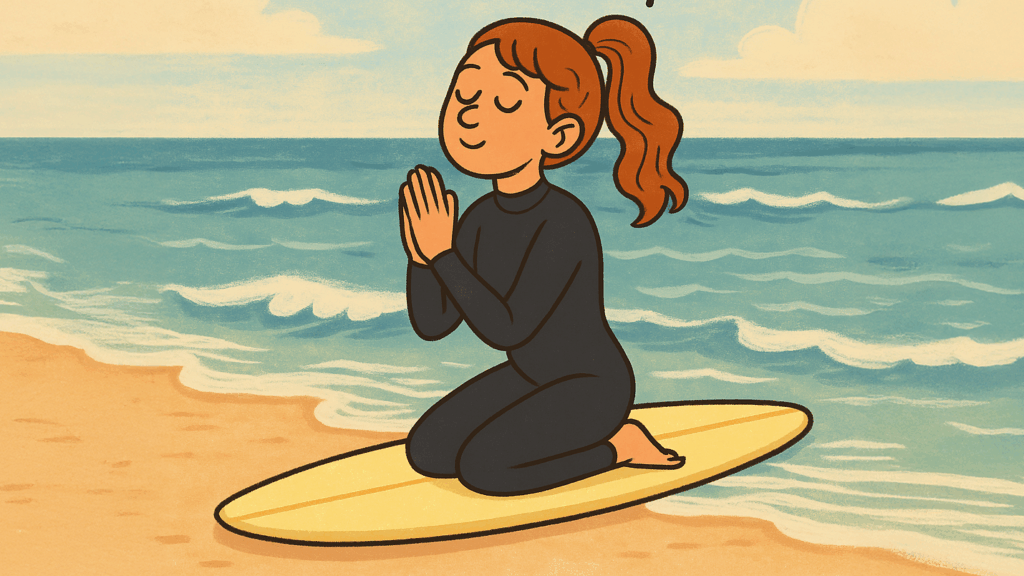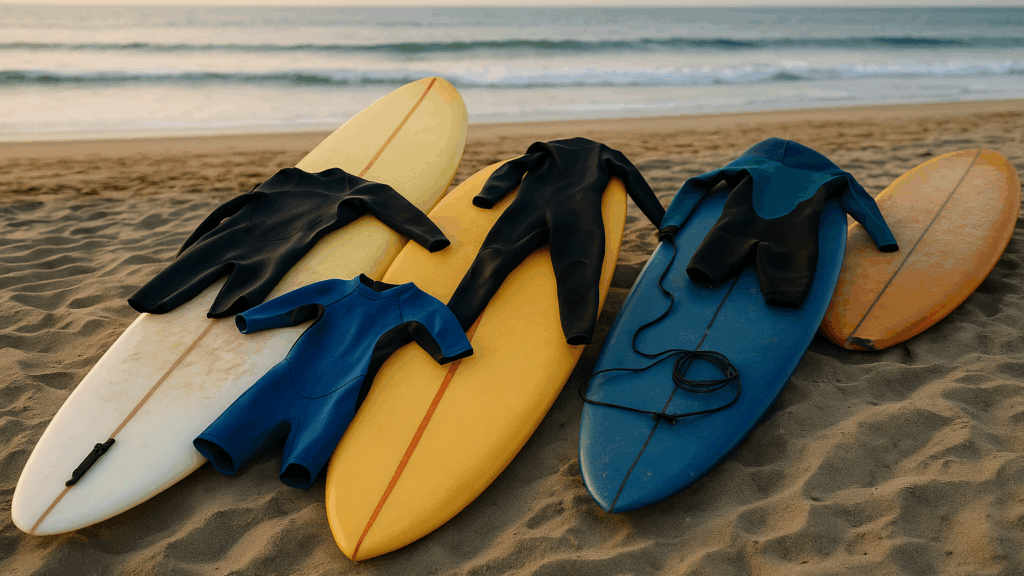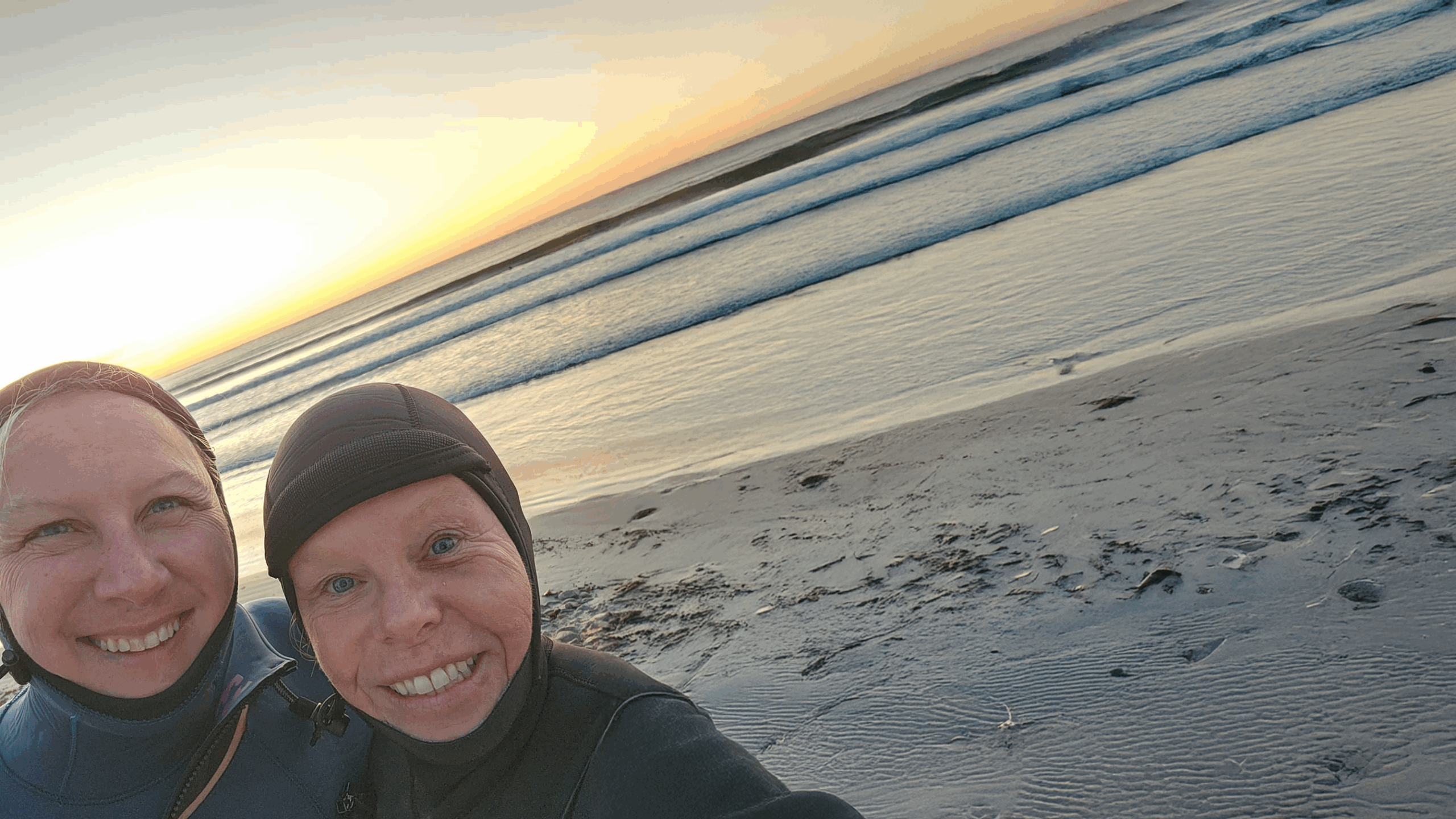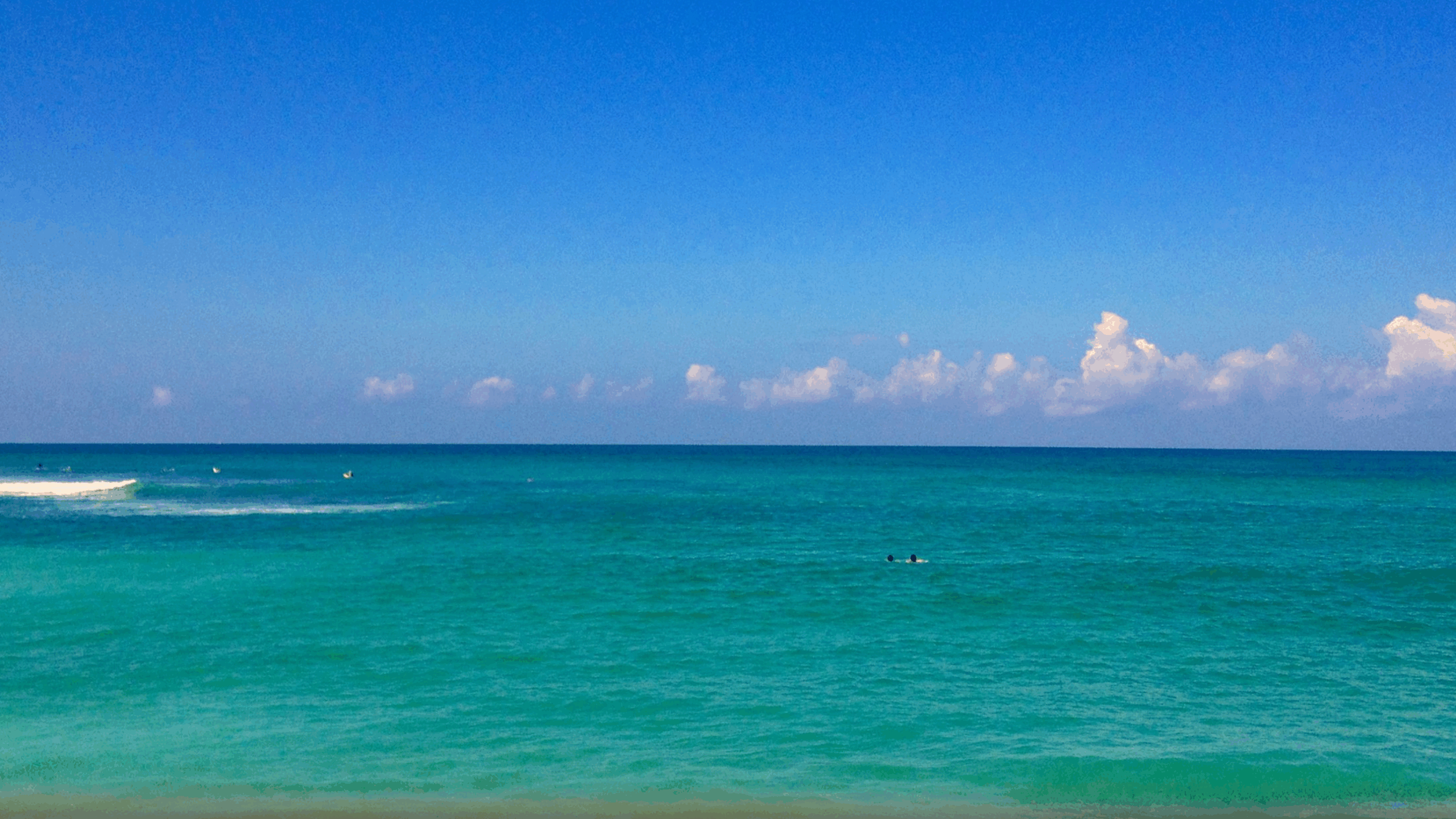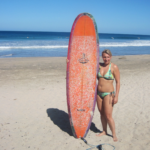Now Reading: Why trim is the Holy Grail of your post-pop-up ride
-
01
Why trim is the Holy Grail of your post-pop-up ride
Why trim is the Holy Grail of your post-pop-up ride
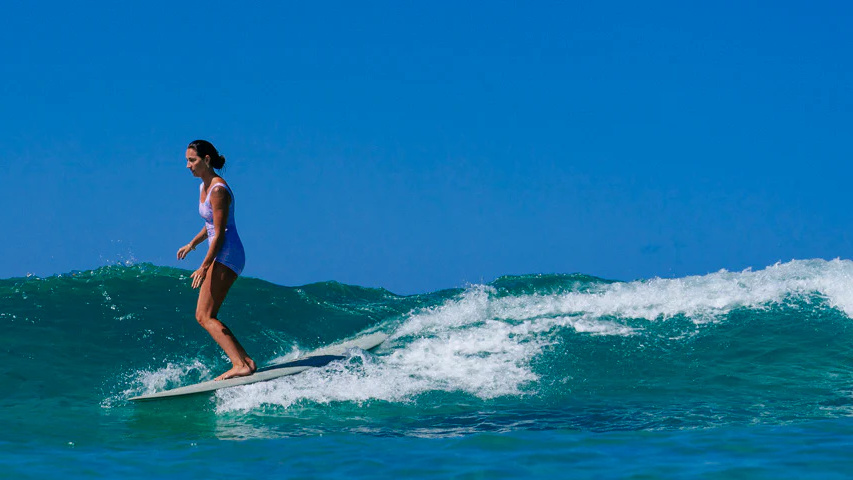
As the 1960s longboard legend Phil Edwards said: “Trim is everything.” Personally, all these trimmings (and carving) just make me think about Christmas back in the UK and Thanksgiving. But apparently there’s more to their origin and use in surf lingo—and it’s not food-related at all. Let’s find out.
What Is trimming in surfing?
A trim, as in trimming the wave, is a natural progression step for any beginner who caught a green wave and popped up. You can either head straight for the beach or instead enjoy the ride by trimming the wave.
Paddling and popping up come before trimming, while turning and carving come after—if you wanted to place it in the flow of surfing skills.
Where the word “Trim” comes from
Trim’s etymology has nothing to do with trimming fat or a hedge. “Trim” actually originated from nautical sailing. In sailing, to “trim” a sail means to adjust it just right to the wind for maximum efficiency.
Surfers borrowed this idea: when you are trimming the wave, you’re making small adjustments in your board’s position and angle on the wave in order to follow the wave’s shape down the line. Trimming helps you maintain speed and control of your board and avoid being pushed forward or thrown off balance.
How to trim a wave
How does it work in practice? Trimming is achieved by shifting weight slightly between the front and back foot and by leaning the board in the direction of travel.
Want to speed up? Lean your body weight forward over your front knee. As you lean, you apply more pressure to the board, causing it to gain speed. But don’t overdo it, or the nose of your surfboard will dig into the water. Need to slow down? Do the opposite: put more weight on your back leg.
When it works—and when it doesn’t
Easy, right?
Hmm. It can be. Keeping your board in the “sweet spot” of the wave and adjusting your speed slightly forward or back can feel relatively easy—once you pop up fast enough, you’re up and riding, the wave is mellow and peeling nicely, and you’re on the right board for the conditions. That’s quite a few variables.
But if you’re on a smaller, less forgiving board, or the waves get steeper, or you’re literally racing to outrun a closeout, this may become more problematic for any beginner
If they could do it, so can you
Hey, if ancient Hawaiians could trim big waves on their gigantic, heavy-as-hell Olos and Alaia boards—no fins included—I’m pretty sure you’ll be able to manage it on a Wavestorm. Once you’ve popped up, that is.
The most advanced form of trimming is “Hanging Ten,” but that’s a word for another Word of the Week.













